One of my early memories of teaching in nature was when I was working over at a YMCA camp on the Banks Peninsula in 1999. We were down at the beach and I was meant to be running an activity called coasteering.
But the children were having so much fun making sandcastles and they had found the rock pools had little fish in them and they didn’t want to come with me.
At that time ‘doing the activity’ was important to me so I interrupted that wonderful play to hurry them along to ‘do the activity’.
I can now reflect on that and see that they probably would have got more out of exploring the rock pools through their own interest and constructing designer sandcastles.
I have come a long way since then and I have many moments to reflect on that have helped my teaching.
Having worked in the outdoors for the majority of the last 20 years I have learnt a few things about teaching in nature that I wanted to share with you. I would love to hear what you think and if there is anything you would add.
- Being Prepared Pays Off
My husband has memories of us backpacking through Europe and I always had a pocket knife and a jar of raspberry jam (ready for a yummy loaf of fresh bread!). So, while my being prepared filters into my personal life it has always been an essential part of working in the outdoors.
Being prepared covers many things including weather, clothing, food, first aid, emergencies, physiological situations and colleague disagreement. The better a safety management plan is the more likely it is you will have a means for dealing with it.
Having spare clothing (woolen in winter) becomes important when there is water in the mix. Taking hot flasks with Milo or raro in them can really help on the cold days. Knowing what is in your first aid kit and what injuries the contents can and can’t deal with. Having a copy of the emergency plan on you every time you head out. Having a plan B thought out if what you have originally planned does not work out.
The most important thing is having spent time thinking about what you need to consider. This is best done with a group of colleagues as everyone will think about different things so you will get some good all-round thinking done.
- Wearing the Right Clothing in Winter
Generally speaking, the children seem to get dressed pretty well. Thermal or woolen layers next to their skin with waterproof pants and jacket with hats, gloves and gumboots.
During winter feet can get cold so one pair of socks in gumboots just doesn’t cut it. Thick woolen winter socks or a couple of pairs of thinner merino socks can work too. Another solution is to put sheepskin or cell foam matting (camping sleep mat) in the bottom of the gumboots to help keep toes warm. In some situations, snow boots that are fleece lined would work but they wouldn’t be great for puddle jumping!
Sometimes we can be focused on the tamariki and we forget about ourselves, don’t forget to keep yourself warm and dry also. This often includes one more layer than the children because we are more often than not in an observation role.
- Observation Not Interference
The more we observe, the more the children play. While it is great to ask questions and get involved from time to time, being able to step back and observe is wonderful for a child’s development and confidence.
This can be really hard for teachers to do as that goes against what teachers know and do. But if you could imagine that you want to do a drawing and you have got the paper and pens. You sit down and the teacher comes over and starts asking ‘What are you going to draw? A house or maybe a horse. What colour are you going to use? This green one is nice’.
Not only does this plant adult ideas into the head of the child, it doesn’t allow for their creativity to come through and it can also interrupt their flow.
There are times when observation doesn’t work and that can be when a child requires some scaffolding or there is a hazard that has the potential to cause significant harm. But ask yourself is the child capable of doing this by themselves or do they need some support, before jumping in.
Another good rule of thumb is the wait for 15 seconds and if you still feel that it would be beneficial for you to jump in then go for it. But if not – step back and watch!
- It’s ok to get Cuts and Bruises
There is a difference between life altering injuries and learning injuries. Learning injuries are things like scratches, bruises, cuts, bumps and even the odd broken bones. Life altering injuries are injuries that are significant and can be life threatening. For example, falling from a height or strangulation. We are trying to prevent the life altering injuries but learning injuries are a part of play.
This might mean that you have to take a good look at yourself and figure out if you are more of a risk taker or more risk adverse and what the impact of either of those styles has on the children you work with.
Being able to explain this difference to parents and colleagues can be really helpful and it can also be linked to your risk management documents. i.e. we are trying to remove significant harm from the areas that our children play in.
- Relationships are Key
Building relationships with the children and whanau I work with has become a priority for me. The more I have learnt about the neuroscience of the developing brain and the more I reflect on the past 20 years of teaching outdoors, the more certain I am that relationships are the foundation to every successful programme.
Building these relationships builds trust and building trust enables us to see children as capable and competent at what they do. This can be challenging to do in some situations but it’s essential that we step out of our own head for a bit and look at why we are doing what we are doing.
My bottom line is that if relationships are getting hard then it’s time for a long break or it’s time to move on.
The other part to this is building relationships with the local environment. This relationship is especially special and deserves recognition as when children spend regular time in nature, getting to know it, they learn to love it and care for it and become the future kaitiakitanga.
This relationship with nature can carry on throughout a child’s life and can become a beautiful place to revitalise and reconnect with themselves.
- BONUS: Self Reflection
I said 5 but I really had 6 as I think this is a really important part of an educational journey. Being able to self-analyse our teaching and our programme has huge benefits for our tamariki. The saying goes if you always do what you have always done you will always get what you have always got. If we don’t make changes then things don’t get better.
To be able to look at ourselves and identify areas to improve can take time but it also requires good self-esteem. Yes, that’s right we are going into different territory right now!!!
Having good self-esteem makes it easier to look at ourselves honestly and make changes. Having low self-esteem can make it much harder, as sometimes we can hear that voice inside our head saying we aren’t good enough instead of what the improvement is and what it could mean.
An affirmation I repeat to myself from time to time is ‘I am always learning and improving’. Affirmations like this can help us create a positive mindset and can especially help us when we are reflecting on our practice. There are many other ways too but that is a whole blog of it’s own.
Self-reflection is about being the best version of yourself so that your children get the best from you in that moment with what you know.
There you have it. 6 top tips from me. I definitely have more, but I think these will give some good food for thought! I would love to hear what your top tips are so please share in the comments.
By Celia Hogan, Founder of Little Kiwis Nature Play
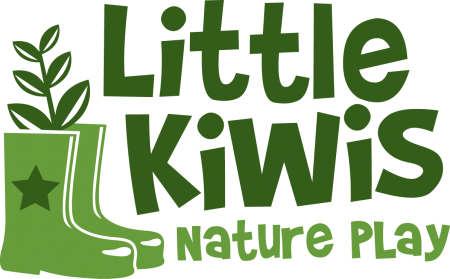
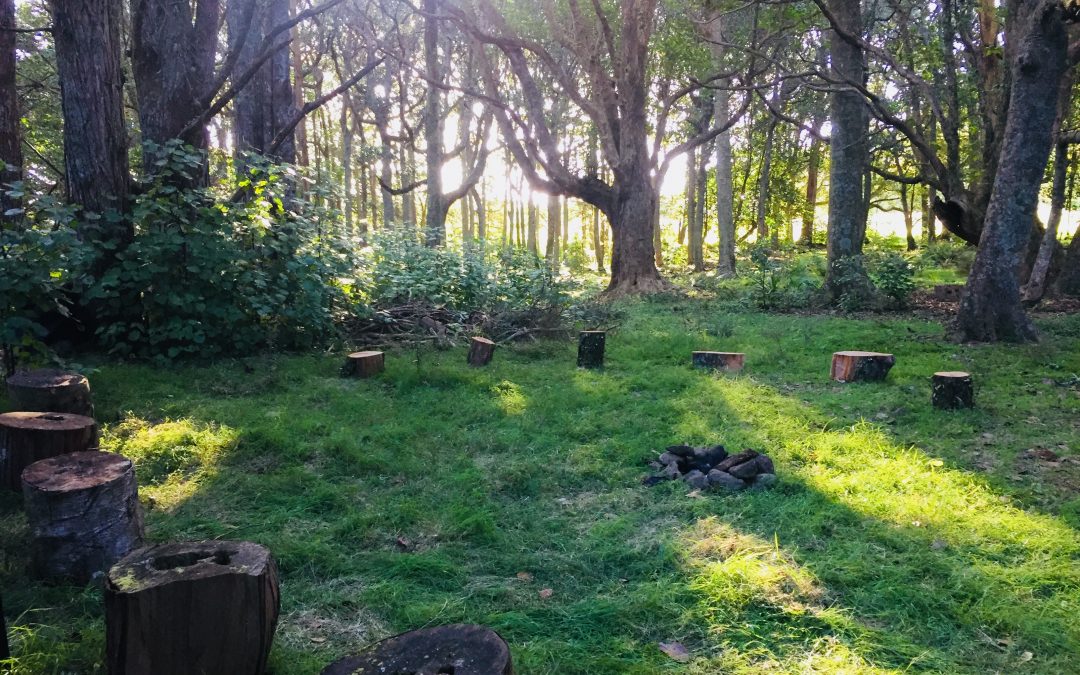
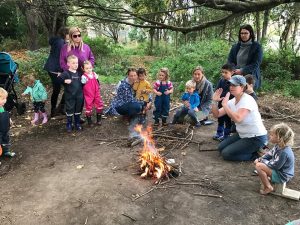
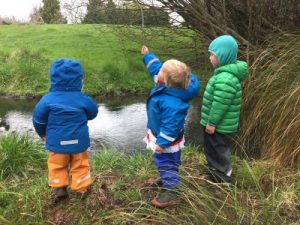
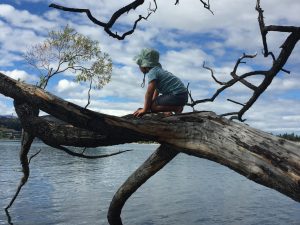
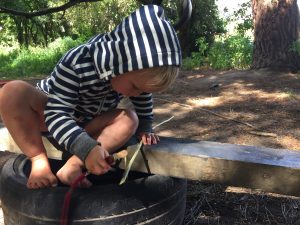
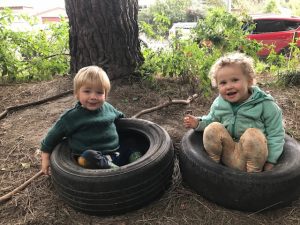
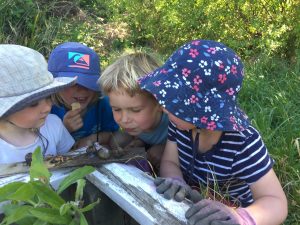
Great reflection Celia. Can I add my two cents worth? Re: the preperation it can also be very helpful to carry a small backpack with simple items like a rope, pegs and pictures for a story line (laminated to be protected from the weather even though lamination plastic is bad for the environment). Perhaps a couple of props to spark ideas for fairy house creations. Simple things that can be pulled out especially if children lose focus. I have found that the children you ‘expect’ the most to be comfortable in this new environment can surprisingly show signs of feeling insecure. They may say things like “I want to go back to preschool” which is really their way of saying “I don’t know what to do here” so try not to take that personally like I used to. Also be aware that colleagues may ‘chat’ among themselves about irrelevant things especially when walking. I think it is a good idea to discuss with collegues that even though this place is so beautiful and relaxing, we are here to Teach and it’s not often we get to have such good ratios so let’s make the most of it. These are just some of the things that stood out for me (and surprised me) when I was running orchard school which I dearly miss every single day…sigh…
Another good tip when taking photos in the rain, an umbrella is really good and means you can take lots of photos if you want without ruining your camera gear. Always gather togethere before every session and go over the rules because they look different than the centre environment. It’s also a good idea to let the children know what the plan will be for the session eg: “we are going to the stream. We will be gathering clay and we will bring it back to the site”. Then, at the end of the session gather together for circle time and sing a song or play a game with sticks or something. This closes the session and lets children know something special has happened and helps them transition to the next environment, ie: back to preschool.
I see I already commented back in 2019 with screeds of stuff (I do go on and on about my favourite subject of Teaching in nature) so I’ve thought of a couple more things: what actually is child-led? I learned it’s hard. It’s hard not to make suggestions and I often used to catch myself doing it in our outdoor classrooms. I noticed when colleagues did it too. Another tip if you’re running your own bush school, remember to contact your local MP and get them to visit so they can see the value and that way the word gets out about this important way to Teach. Always regretted that we didn’t do that… love your work Celia you should be very proud of yourself! Twenty years!!!
I love that you have come back 🙂
Yes that is a great tip! When we were taking the petition to parliament we encouraged everyone to invite their MP’s and I think that worked really well as you say, for them to see the value. Thanks so much for your comments.
Celia